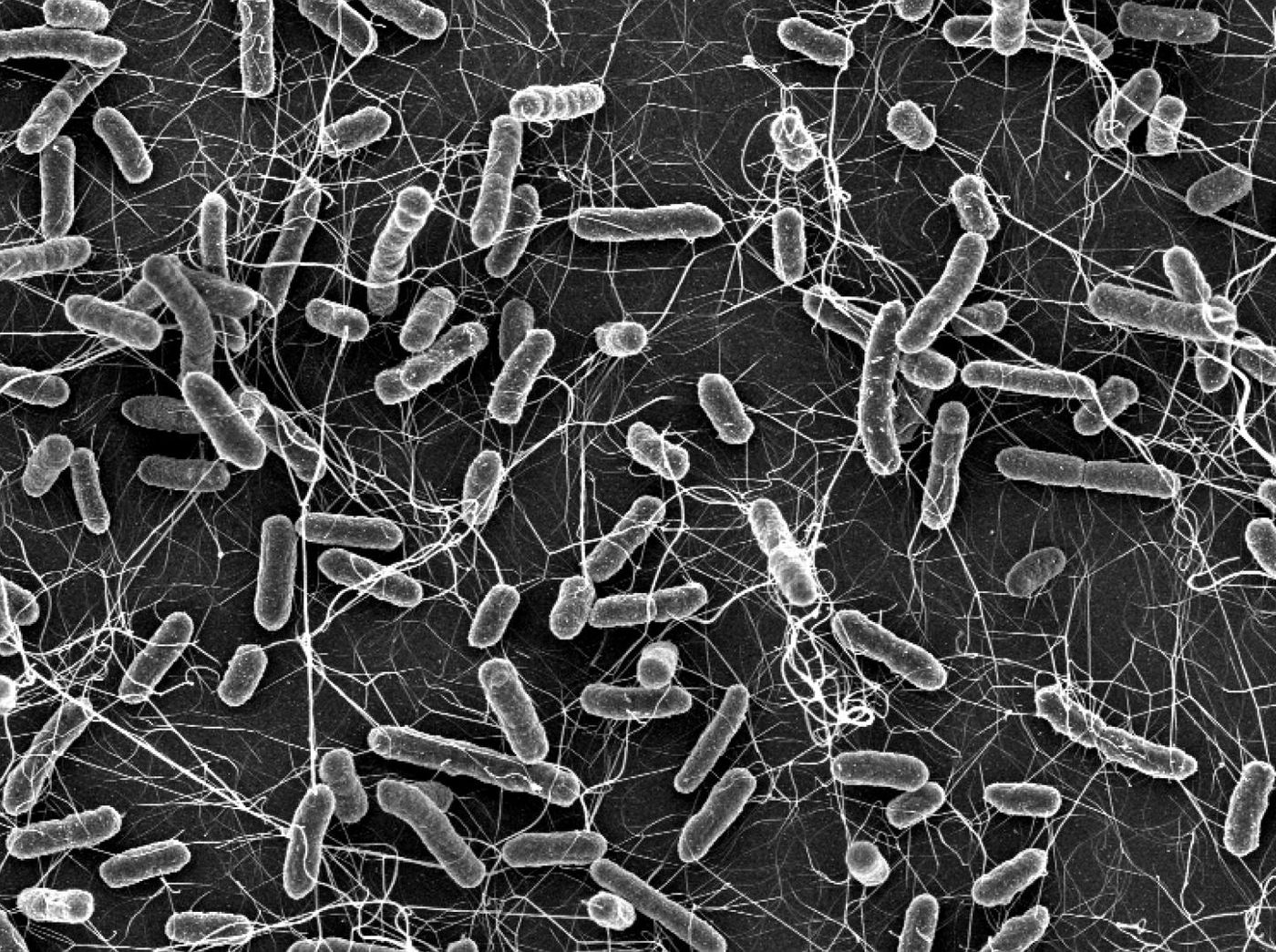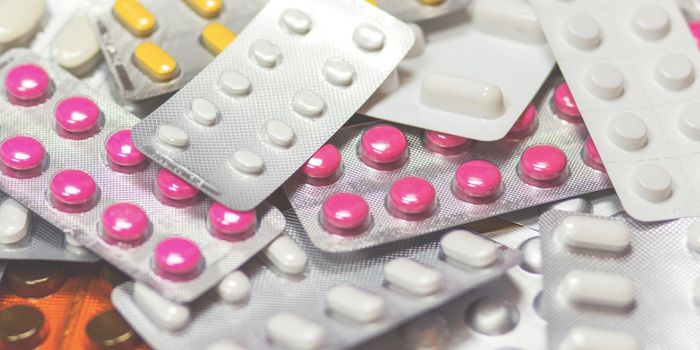Reducing Antibiotic Use Still Critical, but Resistance Spreads Even Without the Drugs
A new report in PLOS One has found that antibiotic use would have to be reduced by 80 percent in order to effectively curtail the spread of antibiotic-resistant microbes in the River Thames. Rivers present a great habitat for these microbes, and antibiotics can enter waterways from a variety of places, including sewer discharge or agricultural runoff. Antibiotic-resistant bacteria are a growing threat to public health, and another new study in Nature has shown that while cutting antibiotic use is important, drug resistance can spread even in the absence of antibiotics.
"Rivers are a reservoir for antibiotic-resistant bacteria which can quickly spread to people via water, soil, air, food, and animals. Our beaches offer a similar risk. It has been shown that surfers are four times more likely to carry drug-resistant bacteria than non-surfers," said the leader of the PLOS One study, Dr. Andrew Singer of the Centre for Ecology & Hydrology at Centre for Ecology & Hydrology (CEH).
In the case of the River Thames, about 90 percent of the antibiotics that get there come from the sewer system after passing through human bodies.
"The release of drugs and bugs into our rivers increases the likelihood of antibiotic-resistant genes being shared, either through mutation or 'bacterial sex.' This is the first step towards the development of superbugs as the drugs used to fight them will no longer work," added Singer. "Environmental pollution from drugs and bugs is a serious problem that we need to find solutions to."
The researchers thought of several ways that antibiotic use can be reduced, including preventive care that stops infections from happening before they need to be treated. Other approaches they suggested were stopping the unnecessary prescribing of antibiotics, or finding a way to filter them out of the sewer system.
Genes that confer drug resistance can be easily passed from one microbe to another. Scientists at ETH Zurich have learned more about persisters, bacteria that infect the body and survive antibiotics by entering a dormant state in which their metabolism is ramped down dramatically. They often do so after invading tissues in the body, like the gut in the case of Salmonella. These persister microbes can lie waiting for months in that state.
Once they have a hospitable environment again, these persister microbes can reemerge and cause infection. The researchers found that reawakened Salmonella can pass their powers of resistance on to other microbes immediately, sharing them with other bugs of the same and different species. This can all happen even in the absence of antibiotics.
"By exploiting their persistent host bacterium, the resistance plasmids can survive for a prolonged period in one host before transferring into other bacteria. This speeds up their spread," explained Wolf-Dietrich Hardt, a Professor of Microbiology at ETH Zurich.
"Restricting the use of antibiotics is important and the indeed the right thing to do, but this measure alone is not sufficient to prevent the spread of resistance," noted Médéric Diard, who is now a professor at the Biozentrum of the University of Basel. "If you want to control the spread of resistance genes, you have to start with the resistant microorganisms themselves and prevent these from spreading through, say, more effective hygiene measures or vaccinations."
Sources: AAAS/Eurekalert!, CEH, ETH Zurich, PLOS One, Nature











